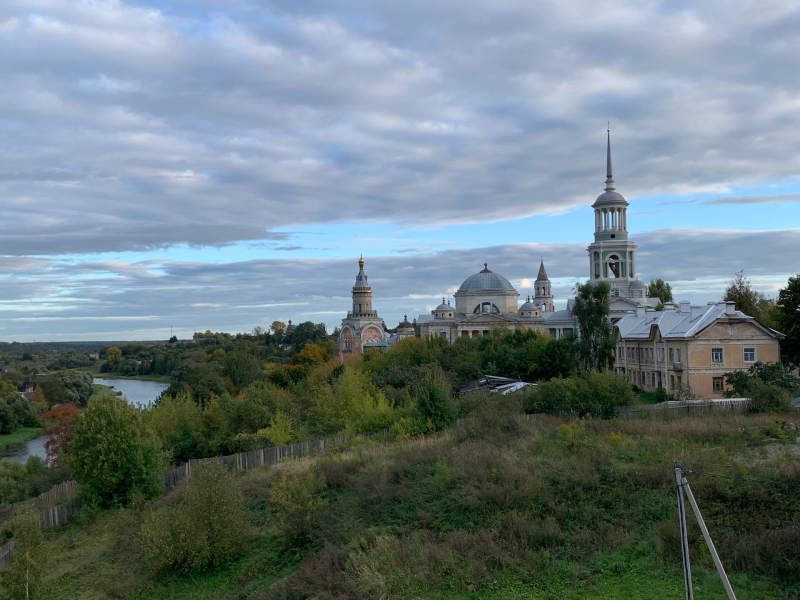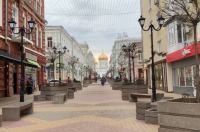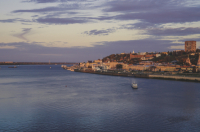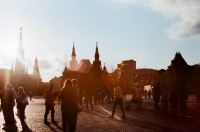There are two ways to get to know Russia better: the first is by visiting its major cities, and the second is by exploring its hidden provinces and small towns. The reasons to stick to the first option are quite clear: well-developed infrastructure, all kinds of entertainment and restaurants, a fascinating history and city life in one, and lots of people on the internet giving you advice on how to make the most out of the trip. But what about going off the beaten track and exploring the lesser known places? Well, it’s a rather exotic experience, but at the same time, the best way to truly catch the essence of our country, to see how the majority of the inhabitants of Russia live.
I decided I wanted to experience one of these small towns so I went to Torzhok, in Tver Oblast with a population of about 44,000 people and more than eight hundred years of history. My decision was rather irrational – there were plenty of towns with a similar story, but it was old photos that inspired me to choose this place. Back in 1910, Torzhok was visited by a pioneer of color photography, Sergey Prokudin-Gorsky, who captured the town in its full glory. The way the pictures look – mesmerizing and fresh like they could’ve been taken yesterday – made me curious about how it looks nowadays.
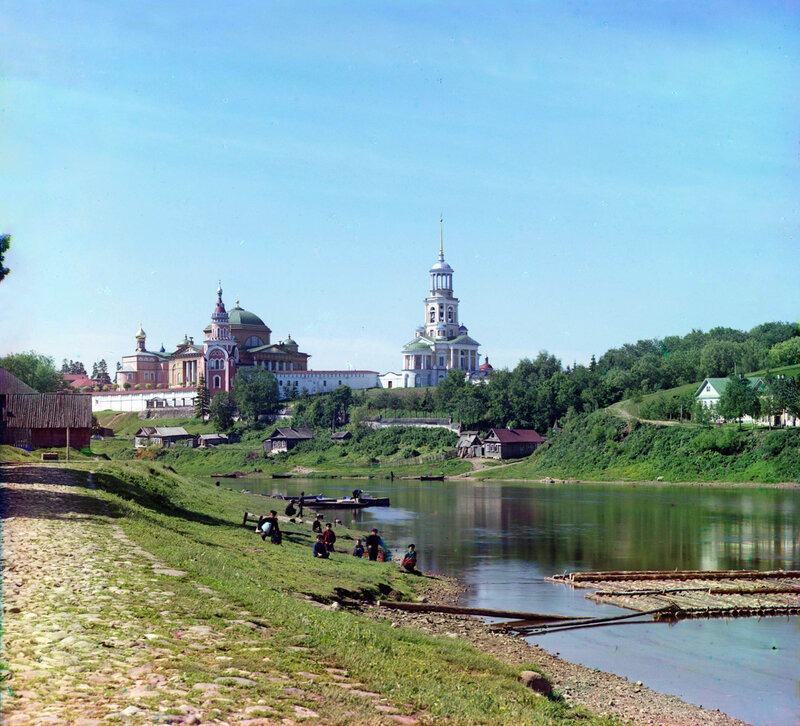
Torzhok in 1910 by Sergey Prokudin-gorsky. Credit: U.S. Library of Congres
A bit of history
Torzhok can boast a rich history of ups and downs. Its location on the river that connected it to the city-state of Novgorod made it a favorable place for commerce, which got reflected in its name: it comes from torg, which means trading site. In short, the town was once besieged by the Mongols, and later was in the domain of Novgorod and Moscow.
The foundation of St. Petersburg in 1703 brought new life to the city, making it a major trading hub between the two capitals. This period was marked by the emergence of a large number of neoclassical buildings made to match the imperial style. In the 19th century, the industrial city was famous for its rare gold embroidery production. The clothes and accessories made there were worn by tzars and boyars. There are no tzars now, but a gold embroidery factory still runs in the town where unique costumes for the War and Peace (1956) and Anna Karenina (1967) movies were made.
However, at the turn of the 20th century Torzhok was again a quiet provincial area, due to a decrease in trade flow through the town once the railway was built.
How to get there
I headed to Torzhok from St. Petersburg through the city of Tver, by taking a Sapsan train to Tver and then a two-hour ride on a Lastochka train to Torzhok. Alternatively, you can take a train to Torzhok directly from St. Petersburg (which is available once in three days).
Travel notes
Torzhok. Photo courtesy of the author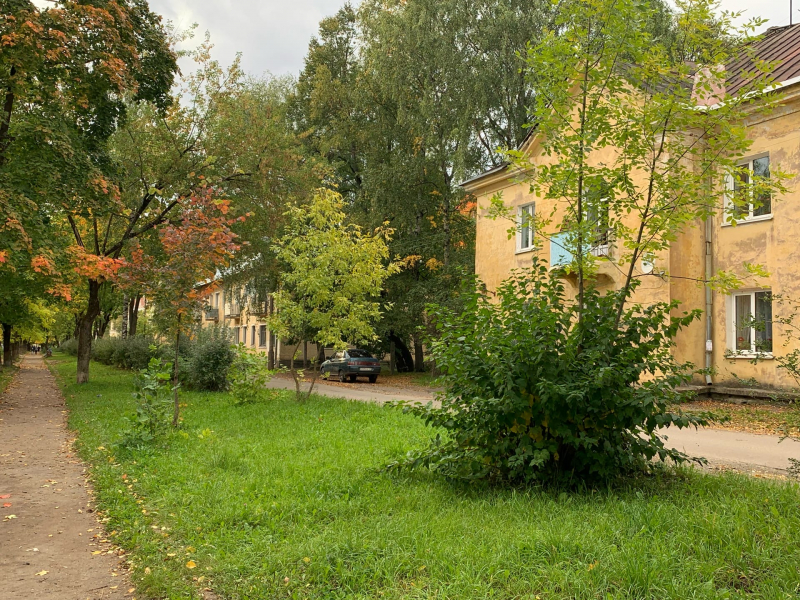
Frankly speaking, I didn’t plan my trip thoroughly: I deliberately wanted to stroll around aimlessly, catching the vibe of a small peaceful town and trying to come across views that would match the pictures I’d seen from the last century. In my defense, it was Monday, so museums were closed – which meant less things to plan! It felt like a day would be enough to embrace even the remotest corners of the town, and so it was. And no public transport was needed since all the sights are located just steps away from each other.
Having left the train station, I immediately felt like time had slowed down, and it felt that way in everything: from the abandoned-looking wooden bus station to the fact that I hadn’t met a single person for the first 15 minutes of walking. It could be weird but seemed rather relaxing, maybe because it reminded me of my hometown, Oktyabrskiy.
On the way to the heart of the town, there was a green alley street with a monument of Lenin, almost like a gift for those who made it to the end of the street. And just behind his back – like in a fairytale, hiding among the trees, there’s a classicism-styled travel palace (of course abandoned). There were also plenty of wooden houses of various colors and various degrees of neglect – some with lovely courtyards, some with their windows shut, some of them even were once shopping malls. But it was cathedrals and churches that ruled the town – they are literally at every corner.
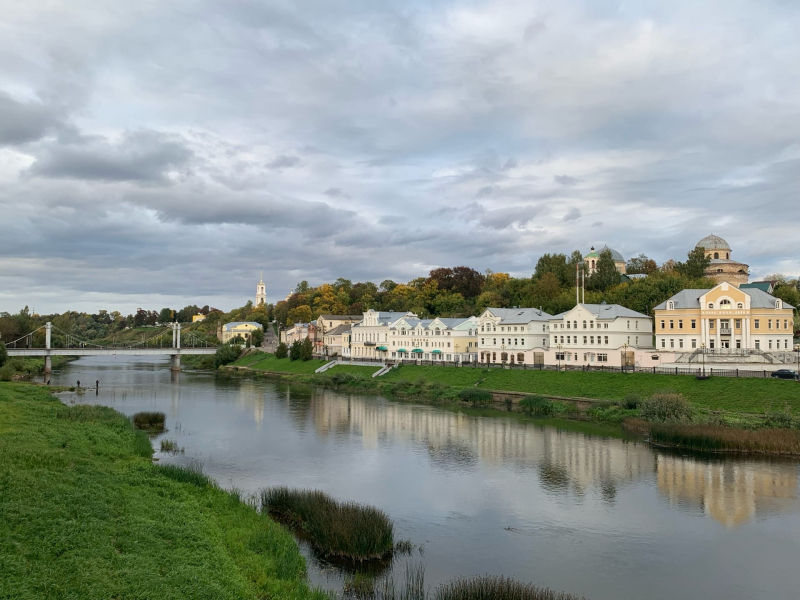
Torzhok. Photo courtesy of the author
The most spectacular spot to enjoy the town is Tveretskaya Embankment. It’s packed with old mansions – former merchant houses built in the 19th century. The tourist guides claim that the restored part of the embankment organically integrates with its historical part, making up a single architectural ensemble. For me, it’s a bit surreal – look left and you’ll see freshly-built houses, look right – there are old сhurches hidden in the semi-wild greenery. But surprisingly, this contrast does not diminish the beauty at all, it just makes it more like a fairytale. Also, it’s an excellent viewpoint for some major gems like Borisoglebsky monastery or Transfiguration Cathedral.
For those who get hungry here, a Pozharsky cutlet is definitely a must-try. Later adopted by French haute cuisine, the original recipe was created by the Pozharsky family, the owners of a local inn and restaurant. By the way, you can have this meal at the cafeteria at ITMO’s Lomonosova 9 campus as well!
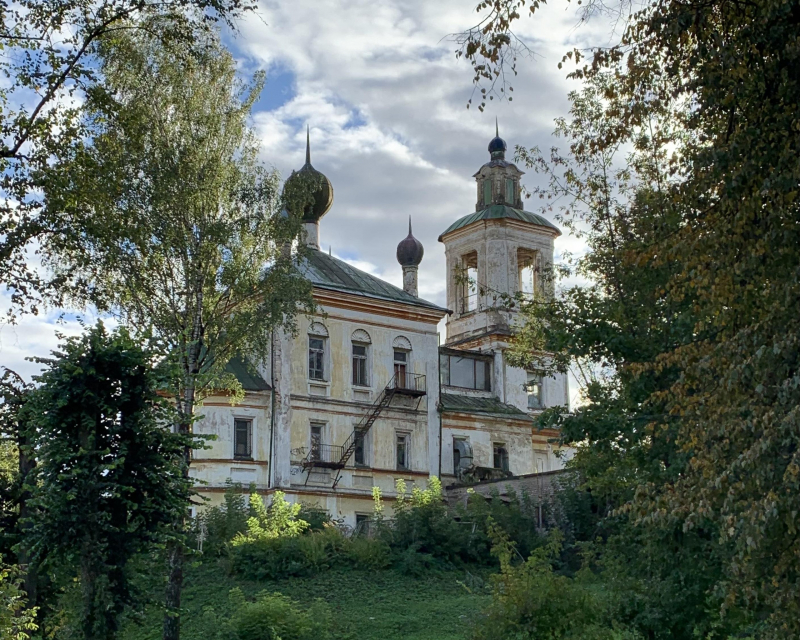
Torzhok. Photo courtesy of the author
Only on my way back, I remembered the pictures of Prokudin-Gorsky: nowadays, the town has changed a lot, turning from a prosperous trading center to a sample of fading beauty. Obviously, Torzhok has been in better shape, but at least it’s managed to keep its charm and preserve its historical heritage, although not by restoring it, but at least it has been kept somewhat intact
Explore Russia from the comfort of your home with our best stories about Karelia, Kazan, and Ekaterinburg.
